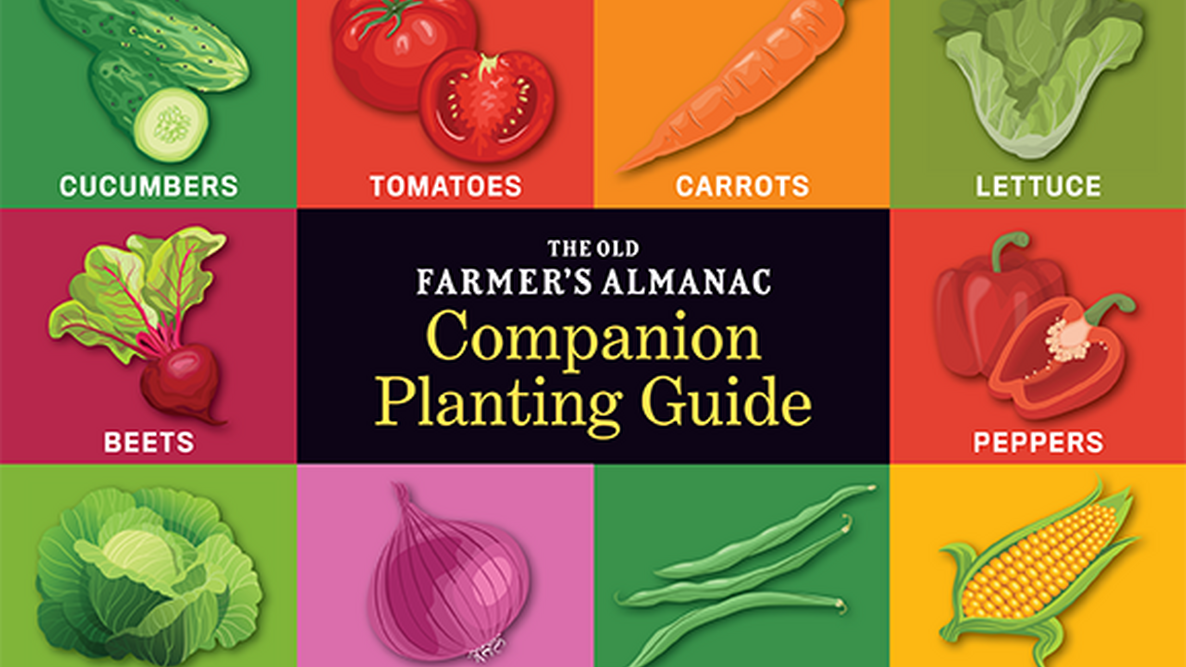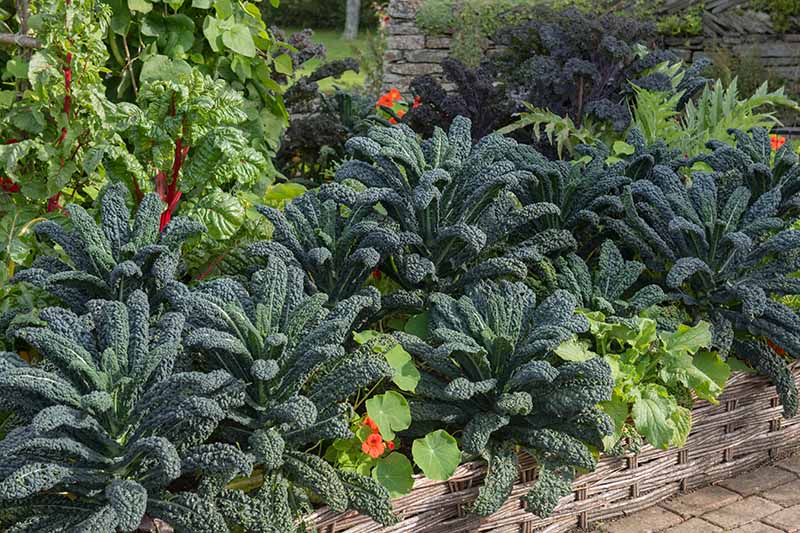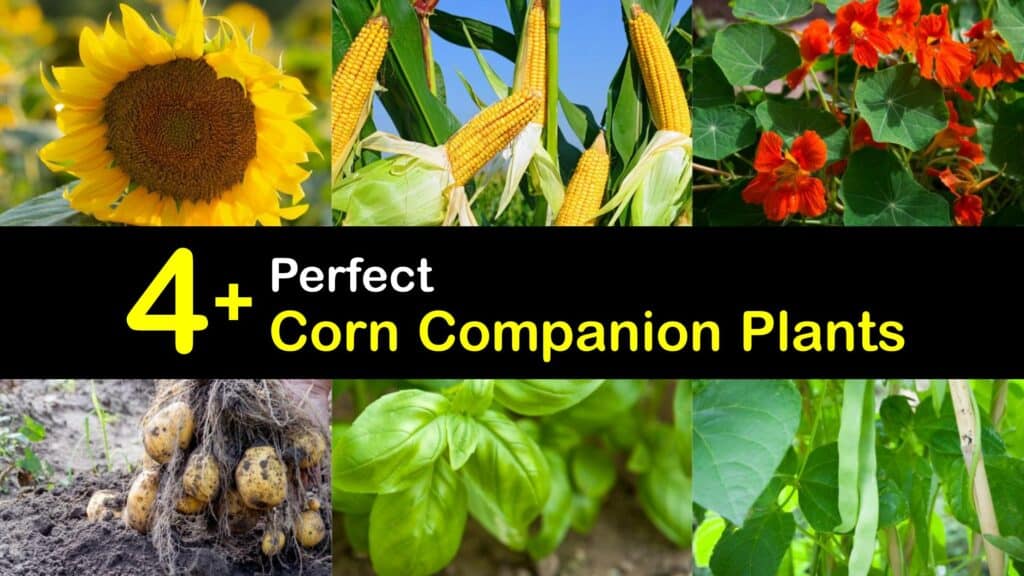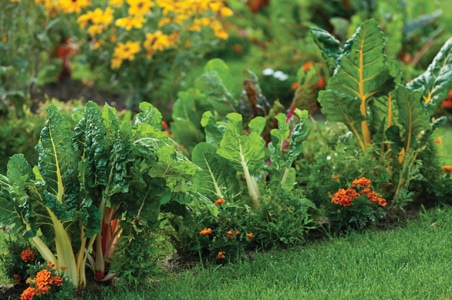Fall Companion Planting: The Ultimate Guide To Growing A Healthy And Productive Garden
Fall Companion Planting: The Ultimate Guide to Growing a Healthy and Productive Garden
Fall is a great time to plant a garden. The days are still warm, but the nights are cooler, making it a comfortable time to be outdoors. And with the right companion plants, you can help your vegetables thrive and produce a bountiful harvest.
What is companion planting?
Companion planting is the practice of planting certain types of plants together in order to benefit each other. Some plants attract beneficial insects, while others repel pests. Some improve the flavor or growth of other plants. And some simply make better use of space.
Why should you use companion planting?
There are many reasons to use companion planting in your fall garden. Here are just a few:
- Reduce pests and diseases. Many companion plants have natural pest-repelling properties. For example, marigolds can help to deter aphids, while nasturtiums can attract pests away from other plants.
- Improve soil health. Some companion plants, such as beans and peas, fix nitrogen in the soil, which can help to improve the fertility of your garden.
- Increase pollination. Some companion plants, such as basil and tomatoes, attract pollinators, such as bees and butterflies. This can help to increase the pollination of your crops, leading to a better harvest.
- Make better use of space. Some companion plants can be grown vertically, such as cucumbers and beans. This can help to save space in your garden.
What are some good companion plants for fall?
Here are some of the best companion plants for fall gardens:
- Beans and peas. These nitrogen-fixing plants can help to improve the soil fertility in your garden. They also benefit from the shade of taller plants, such as corn or tomatoes.
- Carrots and onions. These two plants benefit each other in a number of ways. Carrots help to repel onion fly, while onions help to repel carrot root fly. They also have different root depths, so they don't compete for nutrients.
- Cucumbers and melons. These vining plants can be grown together to save space. They also benefit from the support of a trellis or fence.
- Lettuce and spinach. These leafy greens can be planted together in the same bed. They have similar growing requirements and don't compete for nutrients.
- Marigolds and tomatoes. Marigolds help to repel tomato hornworms, while tomatoes help to support the growth of marigolds. They also make a beautiful combination in the garden.
- Nasturtiums and cabbage. Nasturtiums help to repel cabbage moths, while cabbage provides nasturtiums with support. They also make a colorful addition to the garden.
- Peas and beans. These nitrogen-fixing plants can help to improve the soil fertility in your garden. They also benefit from the shade of taller plants, such as corn or tomatoes.
- Potatoes and tomatoes. These two plants can be planted together to save space. They also benefit from the support of a trellis or fence.
- Spinach and lettuce. These leafy greens can be planted together in the same bed. They have similar growing requirements and don't compete for nutrients.
How to choose companion plants
When choosing companion plants, there are a few things to keep in mind:
- The plants' growing requirements. Make sure that the plants you choose have similar growing requirements, such as light, water, and soil pH.
- The plants' pest and disease resistance. Choose plants that will help to repel each other's pests and diseases.
- The plants' aesthetic appeal. If you want your garden to be both productive and beautiful, choose companion plants that will complement each other's colors and textures.
Conclusion
Companion planting is a great way to improve the health and productivity of your fall garden. By planting certain types of plants together, you can help them to thrive and produce a bountiful harvest. With a little planning, you can create a companion planting scheme that will work for your specific garden.
Fall is a great time to start planning your garden for the upcoming season. One important factor to consider is companion planting, which is the practice of planting certain plants together to benefit each other. There are many different companion planting combinations that you can use, but some of the most popular ones for fall include:
- Carrots and marigolds: Marigolds help to repel carrot flies, which can damage carrot plants.
- Cabbage and nasturtiums: Nasturtiums attract pests away from cabbage plants, such as cabbage loopers and cabbage moths.
- Beans and corn: Beans fix nitrogen in the soil, which can benefit corn plants.
- Tomatoes and basil: Basil helps to repel tomato hornworms, which can damage tomato plants.
- Spinach and lettuce: Spinach and lettuce can be planted together because they have similar growing requirements.
If you're new to companion planting, I recommend visiting Gardenia Inspiration for more information. They have a comprehensive guide to companion planting, including a list of recommended plants for fall.
FAQ of fall companion planting
- What are the benefits of fall companion planting?
Fall companion planting is a gardening practice of planting certain vegetables and herbs together to enhance their growth and productivity. By strategically planting companion plants, you can:
- Attract beneficial insects and pollinators. Some companion plants, such as nasturtiums and marigolds, attract beneficial insects that prey on pests. Others, such as chives and garlic, attract pollinators, such as bees and butterflies, which help to pollinate your crops.
- Discourage pests and diseases. Some companion plants can help to repel pests and diseases. For example, marigolds are said to repel nematodes, and nasturtiums can help to deter aphids.
- Improve soil health. Certain companion plants, such as legumes, can fix nitrogen in the soil, which can help to improve soil fertility. Others, such as leafy greens, can help to suppress weeds.
- Extend the harvest season. By planting cool-season crops in the fall, you can extend your harvest season and enjoy fresh vegetables well into the winter.
- What are some good companion plants for fall?
Some good companion plants for fall include:
- Carrots and onions: Carrots and onions repel each other's pests, so planting them together can help to keep both crops healthy.
- Cucumbers and nasturtiums: Nasturtiums attract beneficial insects that prey on cucumber pests, such as cucumber beetles.
- Lettuce and marigolds: Marigolds repel aphids, which can be a problem for lettuce.
- Peas and beans: Peas and beans fix nitrogen in the soil, which can benefit other plants in the garden.
- Spinach and kale: Spinach and kale are both cool-season crops that can be planted in the fall. They also help to suppress weeds.
- When should I plant companion plants in the fall?
The best time to plant companion plants in the fall is in early to mid-fall, after the summer heat has passed but before the ground freezes. This will give your plants enough time to establish themselves before the winter.
- How far apart should I plant companion plants?
The spacing requirements for companion plants will vary depending on the specific plants you are planting. However, as a general rule, you should plant companion plants at least 12 inches apart. This will give them enough space to grow and develop properly.
- How can I care for companion plants in the fall?
Companion plants need regular watering, especially during dry spells. You may also need to fertilize them occasionally, especially if you are planting them in poor soil. In addition, you should keep an eye out for pests and diseases and take steps to control them if necessary.
Image of fall companion planting
- Image 1: A garden bed with carrots, onions, and marigolds. Carrots and onions are both root vegetables that benefit from being planted together. Marigolds are a good companion plant for many vegetables, as they help to repel pests.

- Image 2: A tomato plant surrounded by basil, oregano, and thyme. Tomatoes, basil, oregano, and thyme are all herbs that can be planted together. They help to attract beneficial insects and deter pests.
- Image 3: A cabbage plant surrounded by kale, collard greens, and broccoli. Cabbage, kale, collard greens, and broccoli are all members of the brassica family. They can be planted together, as they help to deter pests from each other.

- Image 4: A cornfield with sunflowers growing in between the rows. Corn and sunflowers are both tall plants that can be planted together. The sunflowers help to provide shade for the corn, and the corn provides support for the sunflowers.

- Image 5: A squash plant surrounded by beans and peas. Squash, beans, and peas are all nitrogen-fixing plants. They can be planted together, as they help to enrich the soil for each other.

Post a Comment for "Fall Companion Planting: The Ultimate Guide To Growing A Healthy And Productive Garden"